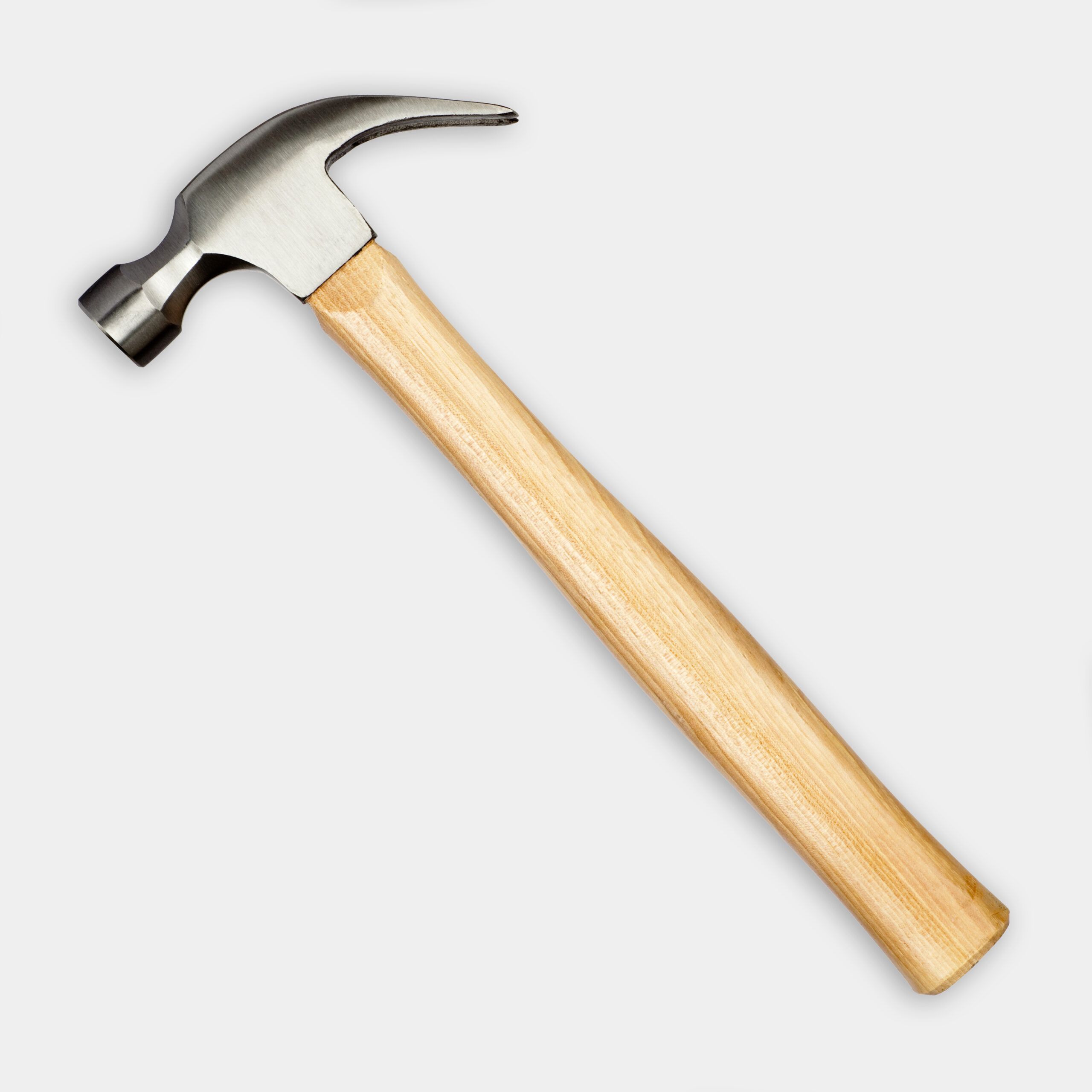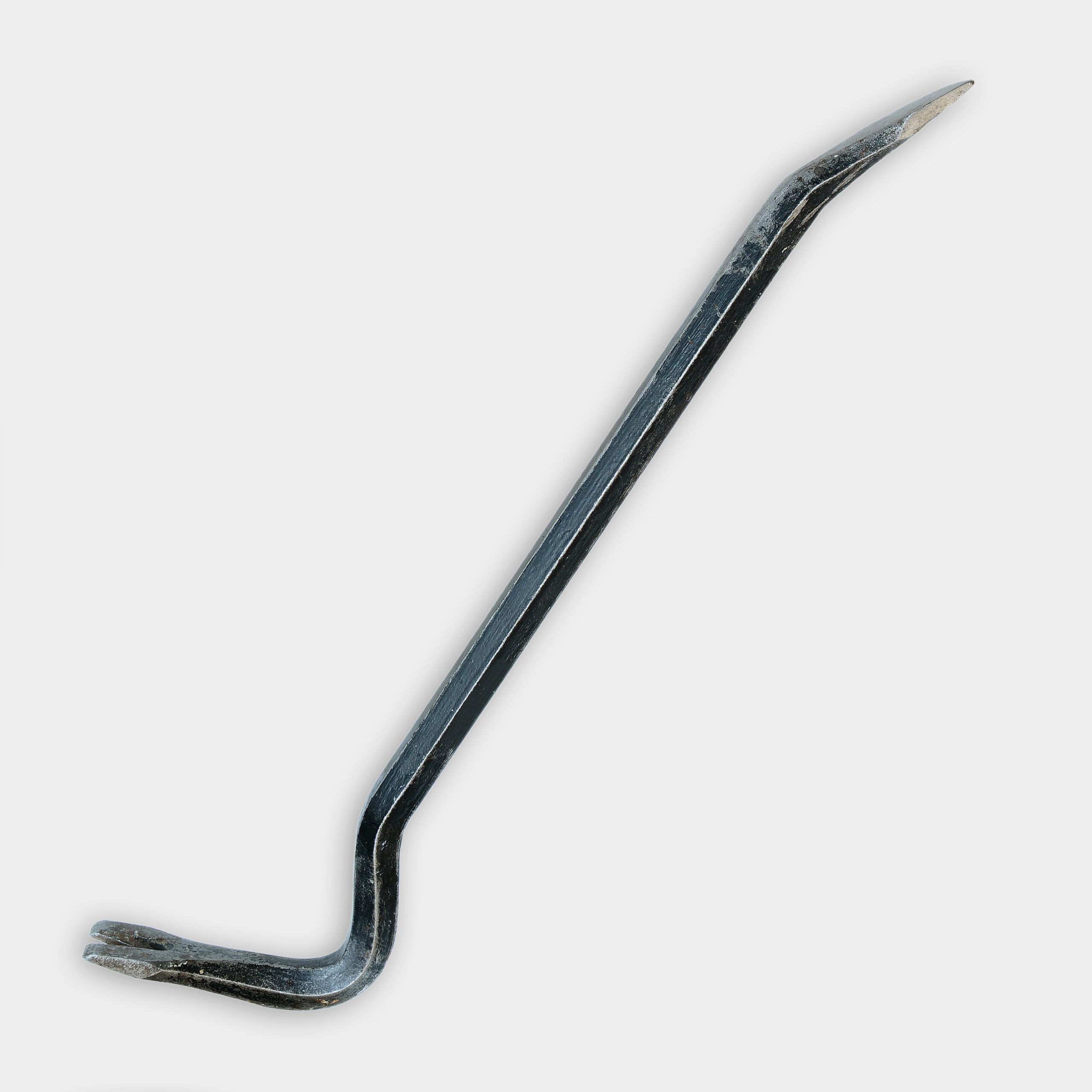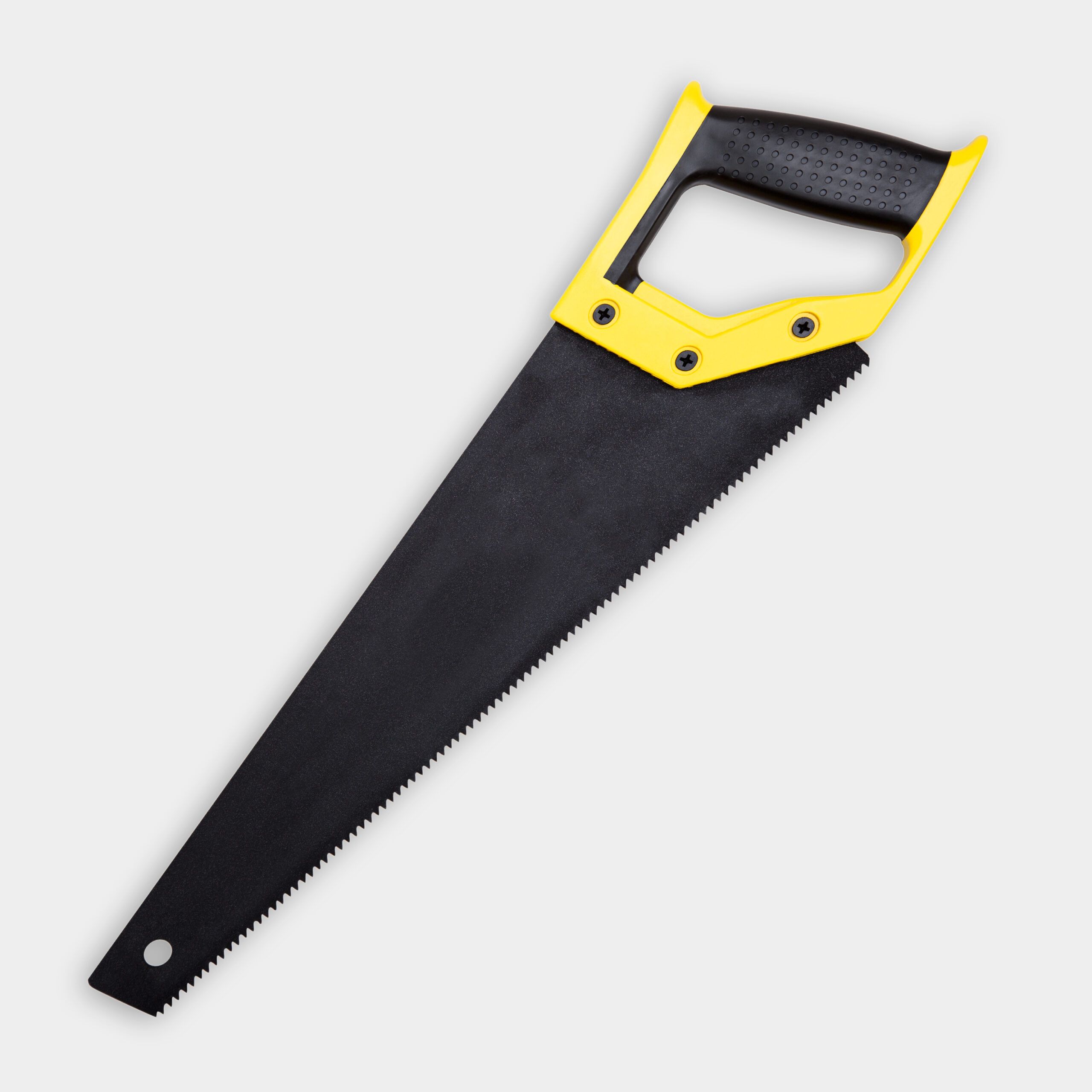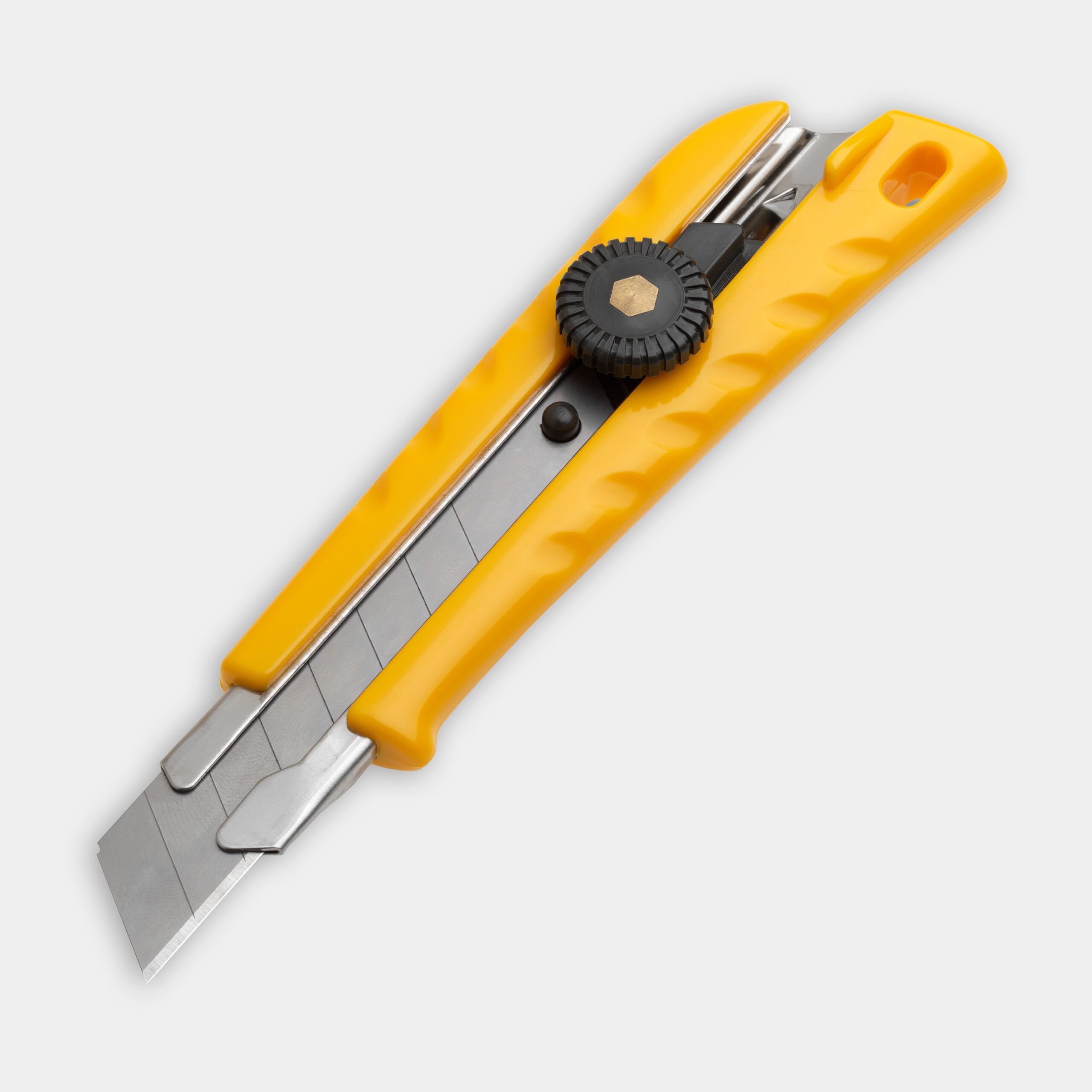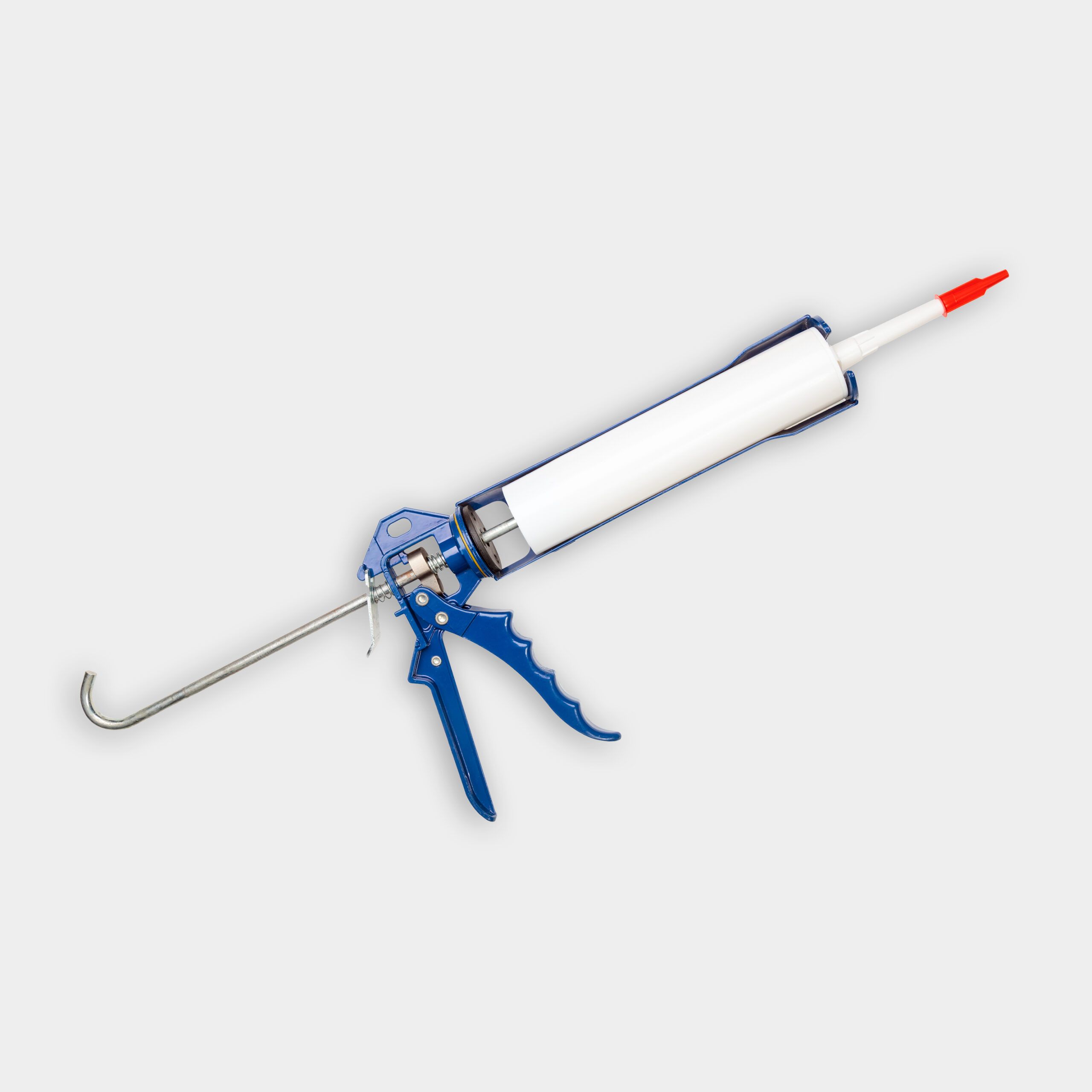As clapboard siding’s wooden planks age, they may become damaged or loose, requiring repairs to preserve their functionality and appearance. In this video and guide, This Old House general contractor Tom Silva walks you through the process of repairing clapboards, from identifying potential issues to replacing damaged sections.
Common Clapboard Issues
Identifying these common clapboard issues early can prevent extensive damage and expensive repairs to your clapboard siding.
- Loose nails: Loose nails can cause the siding to become unstable and allow moisture to seep behind it.
- Splits and cracks: Splits and cracks occur when wood is exposed to the elements, compromising the clapboard’s integrity and leading to water infiltration.
- Rot and decay: Rot and decay result from water seeping behind the clapboards or becoming trapped against the wood, weakening the siding’s structure.
- Warping and cupping: Warping and cupping happen when clapboards are exposed to moisture and extreme temperatures. This warping can create gaps, allowing water and pests to enter and cause further damage.
Tools and Materials Needed to Repair Clapboards
With your list of problem areas, you’re ready to start your repair. Make sure you have the following tools and materials for your clapboard repair project:
Repair Loose Clapboards
Addressing loose clapboards is a simple process that can significantly enhance the appearance and functionality of your siding. Here’s how to repair this common issue:
- Identify loose nails by visually inspecting the clapboards and gently pressing on them to feel for movement.
- Use a flat pry bar to carefully lift the loose clapboard, exposing the nails.
- Remove the loose nails using the claw end of your hammer or the flat pry bar.
- Replace the old nails with ring-shank nails, driving them at a slight downward angle to ensure a secure hold.
- If the original nail holes are too large, drive the new nails slightly above or below the old holes to catch solid wood.
Replace Damaged Clapboards
Here’s a step-by-step guide to replacing split, cracked, or rotted clapboards:
- Remove the nails from the damaged clapboard using a flat pry bar.
- Carefully break the damaged clapboard by lifting its bottom edge sharply.
- Pry up the course above the damaged clapboard to access any remaining pieces.
- Remove all pieces of the old clapboard, being careful not to damage surrounding boards.
- Measure the length needed for the replacement clapboard using a section of the old one as a guide.
- Cut the new clapboard to size using a utility knife to score the cut line and a crosscut handsaw to make the cut.
- Apply paintable silicone caulk to both ends of the new clapboard.
- Slide the replacement clapboard into place, ensuring it fits snugly under the course above.
- Secure the new clapboard with ring-shank nails, driving them at a slight downward angle.
Paint Repaired Clapboards
After repairs, paint the new sections to match the existing siding for protection against moisture and sun damage. Here are some tips for painting repaired clapboards:
- Sand the repaired area lightly to ensure a smooth surface.
- Apply a primer designed for exterior wood surfaces.
- Once the primer is dry, apply exterior paint that matches the existing color.
- Use a brush or small roller to blend the new paint with the surrounding area.
- Apply a second coat of paint if necessary for better coverage.
Prevent Future Clapboard Damage
The main way to prevent costly repairs is to regularly inspect your siding for damage or loose boards, then address issues promptly. But here are a few lesser-known tips to protect your clapboard:
- Keep gutters clean to prevent water runoff from affecting the siding.
- Maintain a proper paint or stain finish to protect against moisture.
- Trim trees and bushes to prevent abrasion and moisture retention.
- Address foundation or roof issues that might impact the siding.
- Ensure proper ventilation in attics and crawl spaces to reduce moisture buildup.
- Wash your siding annually to remove dirt, mold, and mildew.
- Inspect and reapply caulking around windows and doors as needed.
- Repaint every five to seven years or sooner if the paint shows signs of wear.
When to Call a Professional to Repair Clapboards
While many clapboard repairs can be DIY projects, there are situations where it’s best to call in a professional. You should probably use a professional in the following cases:
- Extensive rot or decay affecting large areas of siding
- High or hard-to-reach areas that require specialized equipment
- If you’re unsure about the extent of the damage or proper repair techniques
- Major renovation or restoration projects involving historical homes
- Structural issues behind the siding
Professional siding contractors have the experience and tools to handle more complex repairs safely and effectively. They can assess the condition of your siding and provide comprehensive solutions that a DIY approach might not achieve.
